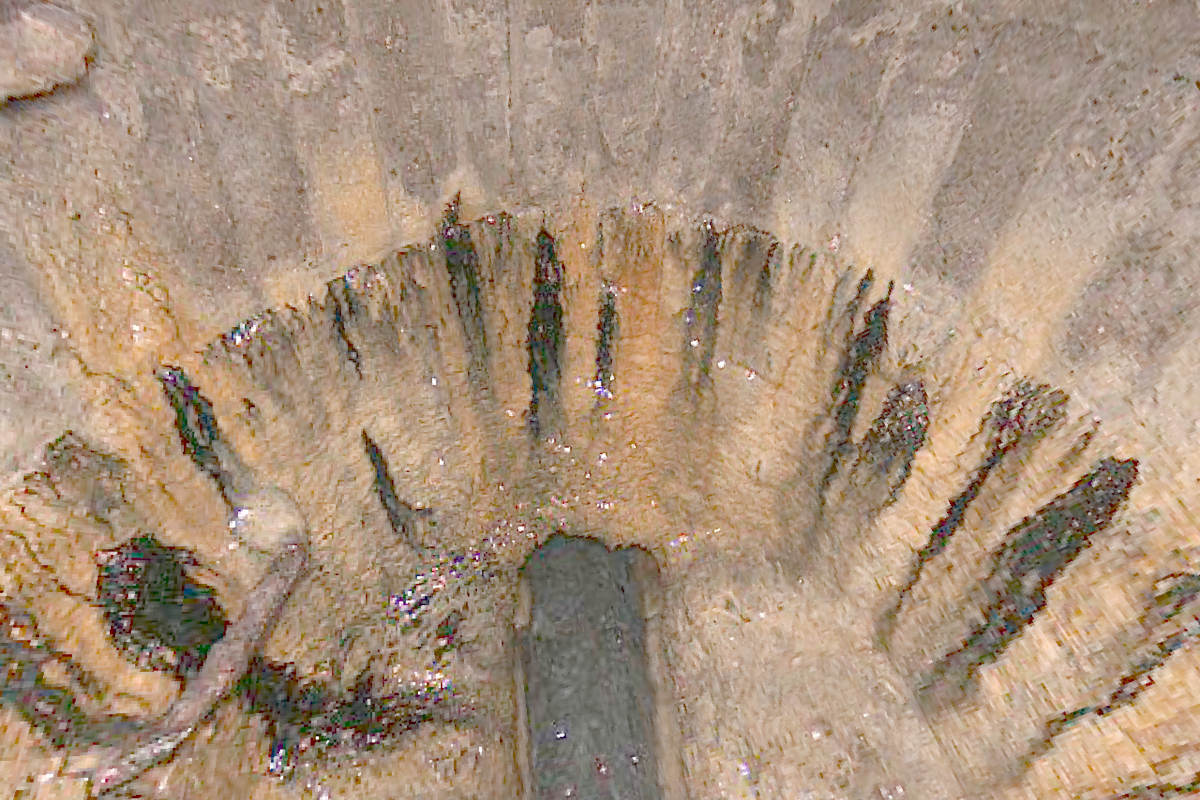
Vigilance, Coordination Keeps Important Water Line Well-maintained and Operational
Internal condition assessments can help identify issues that exist in aging infrastructure. In a city that is constantly growing, like Houston, Texas, it’s difficult to gauge what infrastructure should take precedence. However, when a leak is detected, the city must respond to prevent issues from turning into a catastrophic failure.
That’s what happened when a vital 66-in. line that runs under two major highways and supplies water to a sweeping stretch of the City’s northwest side was compromised. It took meticulous planning and massive coordination to restore. It was so significant, not only were immediate repairs necessary, it took additional years of preparation to fully examine and overhaul the affected section.
The Greenspoint 66-in. transmission water line is part of Houston’s vast infrastructure. It was built to reduce groundwater usage to minimize subsidence. The line was constructed of steel pipe between 2004 and 2006, totaling about 45,000 lf. The Greenspoint line provides water service to a part of Houston, Harris County, and the Houston Intercontinental Airport.
After being in operation for three years, the line was damaged. In December 2009, a Texas Department of Transportation (TxDOT) contractor was installing a 20-in. x 20-in. precast concrete pile for an elevated interconnector ramp between US 59 and Beltway 8. During the drilling process, the contractor hit the tunnel liner damaging the 66-in. water line’s primary liner and carrier pipe; however, the impact did not result in a leak. Because the line remained critical to serving the surrounding area, an assessment of only the exterior damage was possible. Though internal assessment was preferred, modeling efforts at the time showed a large impact across the northwest portion of Harris County (see impact map), preventing a full shutdown and internal inspection.

Nine years later, in early 2018, water was observed on the surface of the street on the north and south sides of the Beltway 8 Toll Road, indicating the 66-in. water line was leaking underground. An active leak was detected near the southern end of the pipeline tunnel. An emergency shut down was scheduled to perform an internal repair and would test the previous modeling assessment of the impact zone.
RELATED: What to Inspect When You’re Inspecting (Big Pipe Edition)
There was coordination between Lockwood, Andrews & Newnam Inc. (LAN), Houston Public Works, the airport and surrounding communities for a planned shutdown over a weekend. When the line was dewatered, it was discovered that in the original construction, a pipe with a rolled groove for an O-ring gasket was installed instead of a lap joint pipe. Rolled groove pipe has a wide internal gap, which can be difficult to weld properly and efficiently. It is theorized the seam cracked due to a weak weld coupled with severe freezing temperatures causing longitudinal stress on the pipe. The joint was re-welded during that emergency shut down, though it was not considered a permanent fix.
With a small window for the shutdown, a stringent examination of the pipe could not be performed. A review of the original construction plans, however, revealed a portion of the line was not installed correctly. A more thorough internal inspection was recommended to determine if any other section of pipe had similar joint issues.

To perform the internal assessment and shutdown on the 66-in. waterline, there were years of planning and design. A redundant 108-in. water line, already in the works, had to be completed first. The redundant line was needed to continue supplying water to customers while the 66-in. line was out of commission. Without the redundant pipeline, thousands would lose all water services if the 66-in. line shutdown. In 2021, with the redundant line in place, the Greenspoint line could be shut down for a complete condition assessment.
In 2021, LAN worked with Houston Public Works to dewater sections of the 66-in. water line to perform an internal assessment of the areas affected by the TxDOT construction, as well as assess the additional length identified during the emergency shutdown in 2018.
To fortify and protect the integrity of the line, LAN came up with a unique design for repairing the inside of the pipe impacted by the drilled pier. It called for 8 ft of steel liner to be placed inside of the mortar coated, steel water line. The liner was installed in sections of steel plates small enough to be lowered down manholes to the repair location. Once the welded plates were installed, the annular space between the pipe and the liner was grouted. The liner was then coated with a dielectric coating to protect the steel. It was confirmed that the liner would serve as a new structure for the damaged segment of pipe disturbed by the construction of the concrete pile, and the applied coating would work to protect this steel liner.
The LAN assessment team also identified a number of joints that were experiencing delamination of grout and deterioration of its mortar lining. The assumption made was that these joints were expanding and contracting during weather shifts that the city had been experiencing. LAN directed the contractor to remove existing grout at these joints, clean the area and apply new mortar coating.
RELATED: Meticulously Connecting the Dots
This project highlights the ability of Houston Public Works to work with local engineers and solve issues spanning multiple years and construction contracts. The goal of this work was to increase the service life of the pipe, while working quickly to ensure that the areas served by this line would not be inconvenienced for any period of time. LAN worked efficiently with Houston Public Works and multiple contractors to provide confidence that the waterline will continue to serve the Greenspoint community into the future.
Benjamin McCray, P.E., is a civil engineer with Lockwood, Andrews & Newnam Inc. Joseph Wager, EIT, is a pipeline engineer with Lockwood, Andrews & Newnam Inc.




